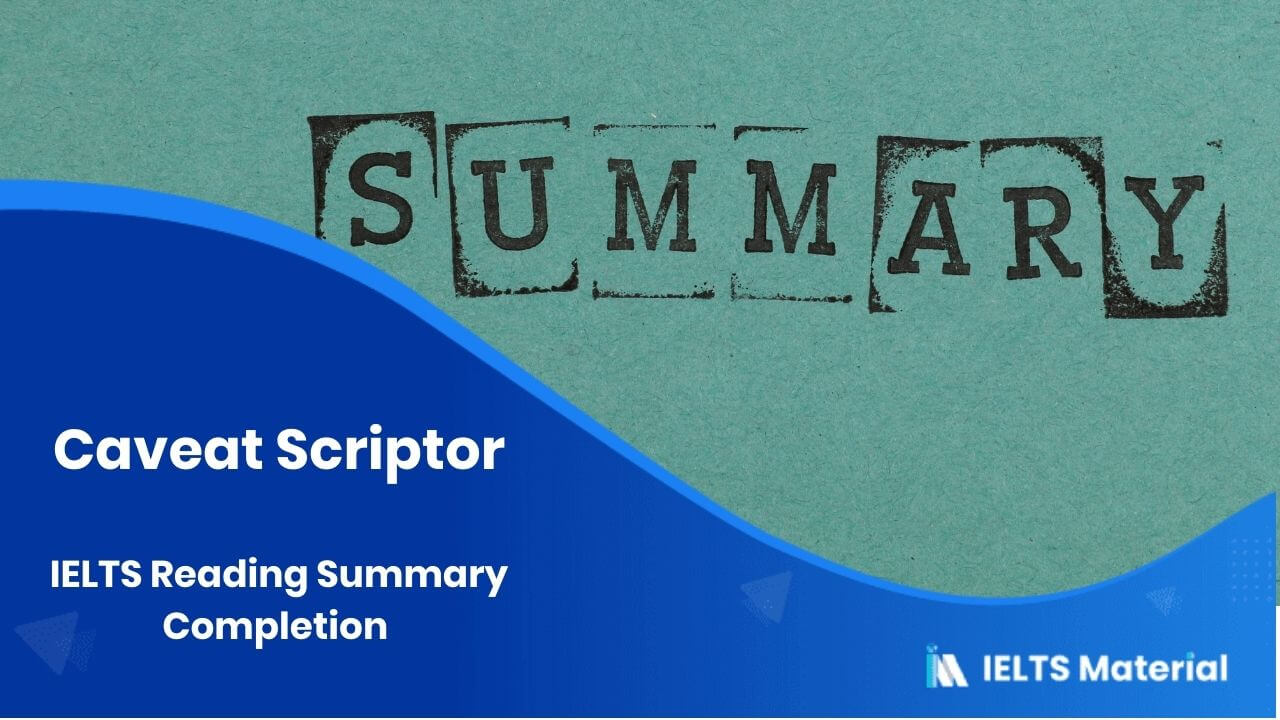IELTS Reading Summary Completion Topic 6
Table of Contents
Limited-Time Offer : Access a FREE 10-Day IELTS Study Plan!
The IELTS Reading Summary Completion question is comparatively easier than most of the 14 questions asked in the IELTS Reading test. All you have to do is point out the important section and figure out the keywords to find the answers.
The Academic passage ‘Mammoth Kill 2‘ is a reading passage that appeared in an IELTS Test.
Since questions get repeated in the IELTS exam, these passages are ideal for practice. If you want more practice, try taking an IELTS reading practice test
Mammoth Kill 2
Although it’s hard to imagine in this age of urban sprawl and automobiles, North America once belonged to mammoths, camels, ground sloths as large as cows, bear-sized beavers and other formidable beasts. Some 11,000 years ago, however, these large-bodied mammals and others – about 70 species in all – disappeared. Yet despite decades of scientific investigation, the exact cause remains a mystery. Now new findings offer support to one of these controversial hypotheses: that human hunting drove this megafaunal menagerie to extinction. The overkill model emerged in the 1960s when it was put forth by Paul S. Martin of the University of Arizona. A more specific criticism comes from mammalogist Ross D. E. MacPhee of the American Museum of Natural History in New York City, who points out that the relevant archaeological record contains barely a dozen examples of stone points embedded in mammoth bones (and none, it should be noted, are known from other megafaunal remains) – hardly what one might expect if hunting drove these animals to extinction. Furthermore, some of these species had huge ranges – the giant Jefferson’s ground sloth, for example, lived as far north as the Yukon and as far south as Mexico – which would have made slaughtering them in numbers sufficient to cause their extinction rather implausible, he says.
Rather he suggests that people may have introduced hyper lethal disease, perhaps through their dogs or hitchhiking vermin, which then spread widely among the immunologically naive species of the New World. Repeated outbreaks of a hyper disease could thus quickly drive them to the point of no return. So far MacPhee does not have empirical evidence for the hyper disease hypothesis, and it won’t be easy to come by hyper lethal disease that would kill far too quickly to leave its signature on the bones themselves. The third explanation blames the loss on the weather. The Pleistocene epoch witnessed considerable climatic instability, explains palaeontology Russell W. Graham of the Denver Museum of Nature and Science. As a result, certain habitats disappeared, and species that had once formed communities split apart. For much of the megafauna, however, the increasingly homogeneous environment left them with shrinking geographical ranges – a death sentence for large animals, which need large ranges. Although these creatures managed to maintain viable populations through most of the Pleistocene, the final major fluctuation – the so-called Younger Dryas event – pushed them over the edge, Graham says.
Questions 1-5
Complete the following summary of the paragraphs of Reading Passage, using No More Than Three Words from the passage for each answer.
Write your answers in the blank spaces from 1-5 on your answer sheet.
The reason why big-sized mammals became extinct 11,000 years ago is under hot debate. First the explanation is that 1…………………… of humans made it happen. This so-called 2…………………… began from the 1960s suggested by an expert, who however received criticism of lack of further information. Another assumption promoted by MacPhee is that deadly 3…………………… from humans causes their demises. However, his hypothesis required more 4…………………… to testify its validity. Graham proposed a third hypothesis that 5…………………… in Pleistocene epoch drove some species to disappear.
Answers
|
Explanation
Unlock Explanation
Now, could you guess the reason behind the answers?
| For the first question, the answer can be found in the first passage. However, it has been rephrased. While the word “hunting” remains the same, in the passage, you can find “human hunting”, the question has “hunting of humans.”
For the second question, the answer appears in its original form. However, the next word has been rephrased with a synonym. While the passage says “emerged”, in the question, you get the word “began.” For the third question, the answer can be found in the first sentence of the second paragraph. Here, using the word “disease” or “hyper disease” would be sufficient. Both are grammatically correct and fit into the answer. For the fourth question, tn the passage, you can find the statement that said “MacPhee does not have empirical evidence for the hyper disease hypothesis.” However, in the question, it has been paraphrased but the answer remains the same. For the fifth question, the words “climatic instability”appear in the original form in the sentence. |
Also check:
Practice IELTS Reading based on question types
Start Preparing for IELTS: Get Your 10-Day Study Plan Today!
Explore other Summary Completion Questions
Recent Articles

Kasturika Samanta

Kasturika Samanta

Janice Thompson








Post your Comments